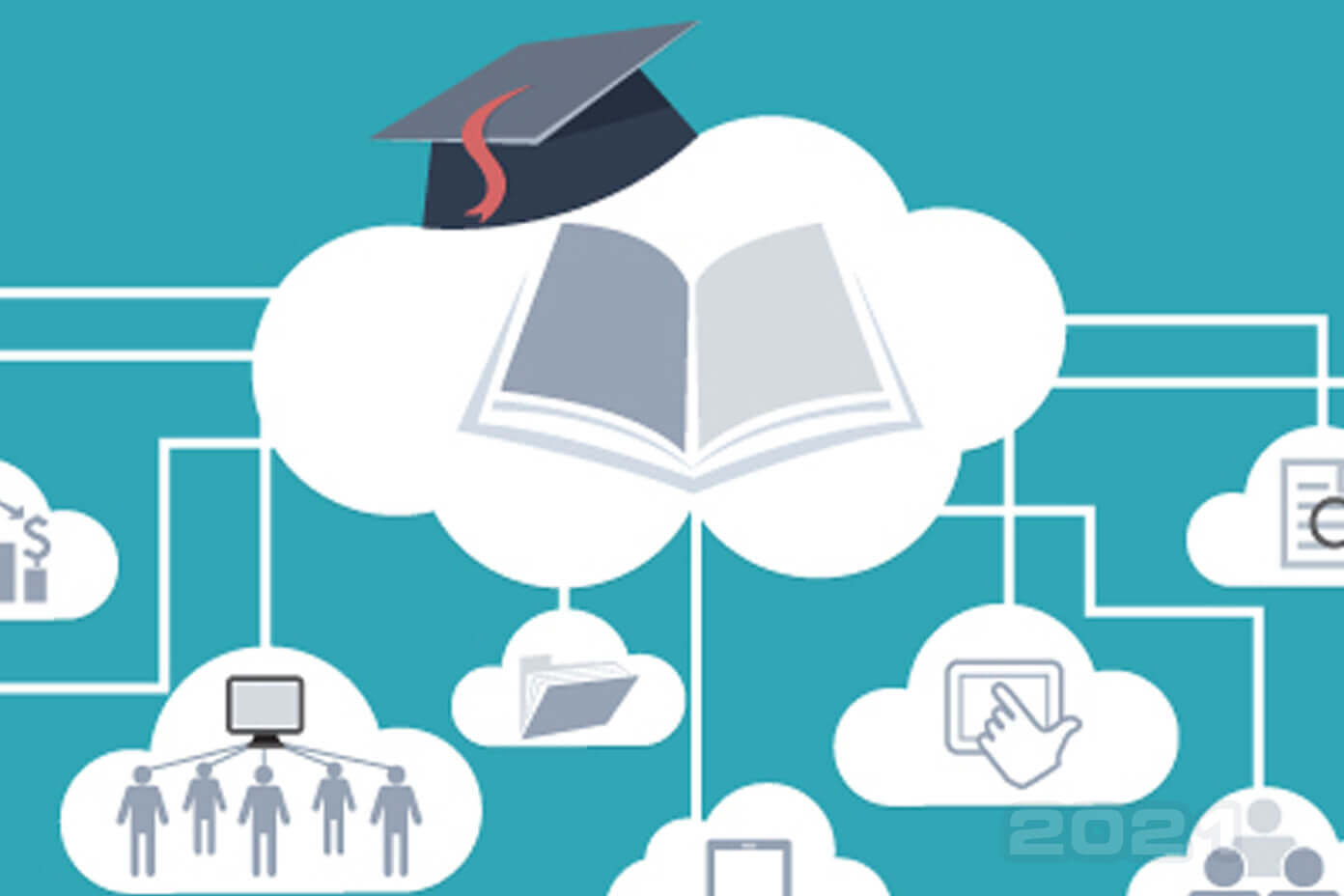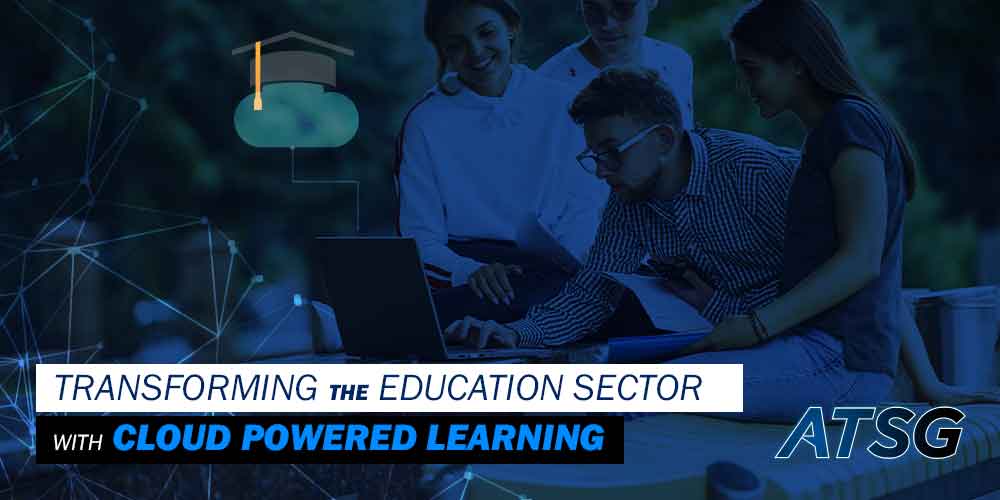
Understanding Cloud Technology in Education
Overview of Cloud Technology
Cloud technology has fundamentally transformed various sectors, and education is no exception. At its core, cloud technology refers to the delivery of computing services over the internet (“the cloud”), allowing users to store and access data and applications remotely. Instead of relying solely on local servers or personal devices, educators and students can leverage powerful online platforms that enhance learning experiences.
Imagine a student accessing their coursework or assignments from any device, anywhere – that’s the magic of the cloud. Schools no longer need to rely on physical storage or limited server capacity; they can utilize scalable resources responsive to their educational needs.
Benefits of Cloud Technology in Education
The integration of cloud technology in education offers numerous advantages for both students and teachers, making learning more accessible and efficient. Some of the key benefits include:
- Increased Accessibility: Students can access learning materials anytime, anywhere, provided they have a reliable internet connection. This flexibility accommodates diverse learning styles and schedules.
- Cost-Effectiveness: Many cloud services reduce the need for expensive hardware and software, allowing institutions to allocate funds towards more impactful resources like professional development or student support.
- Real-Time Collaboration: Cloud platforms enable seamless collaboration on projects, fostering teamwork and communication skills. For instance, students can work together on group assignments in real time, no matter where they are located.
- Scalability: As institutions grow or experience fluctuations in enrollment, they can quickly adjust their cloud services to meet current demands without significant investment in physical infrastructure.
In summary, embracing cloud technology can significantly enhance the educational landscape, providing flexibility, collaboration, and efficiency, which can lead to enriched learning outcomes for all.

Integration of Cloud Technology in Educational Institutions
Cloud-Based Learning Management Systems
As educational institutions recognize the benefits of cloud technology, many have turned to cloud-based Learning Management Systems (LMS). These platforms revolutionize the way instructors deliver content, assess progress, and engage students. Imagine a virtual classroom where everything from lectures to assignments is organized in one accessible space.
Some popular cloud-based LMS options include:
- Google Classroom
- Moodle
- Canvas
These systems streamline the learning process by offering features such as:
- Ease of Use: Instructors can easily upload materials, track student progress, and provide real-time feedback.
- Personalized Learning Paths: Students can move at their own pace, accessing resources tailored to their individual needs.
The transition from traditional learning to cloud-based LMS can be smooth and enjoyable. For instance, one teacher shared how using an LMS allowed her to create interactive quizzes that not only made assessments fun but also provided immediate feedback, which her students appreciated.
Cloud Computing Resources for Students and Teachers
Beyond LMS, cloud computing offers various resources to enhance both teaching and learning experiences. Tools like Google Drive, Microsoft OneDrive, and Dropbox facilitate the storage and sharing of documents while promoting collaboration.
Benefits of cloud computing resources include:
- Resource Sharing: Educators can easily share lesson plans, worksheets, and other materials with colleagues, fostering collaboration and innovation.
- Increased Engagement: With access to a wealth of online materials, students can explore topics more deeply, enhance their research skills, and collaborate on projects effectively.
- Anywhere Learning: Students can continue their studies and projects from home or while traveling, ensuring that they never miss a beat.
As institutions continue to embrace cloud technology, they unlock the potential for a more connected, collaborative, and effective educational environment. This integration sets the stage for further advancements in teaching methods and student engagement.

Enhancing Collaboration and Communication with Cloud Technology
Remote Learning Capabilities
With cloud technology at the forefront of modern education, remote learning has become not just feasible, but effective and engaging. This newfound flexibility has redefined how students and teachers interact. Gone are the days when learning was confined to the four walls of a classroom. Now, students from all corners of the world can participate in live discussions, group projects, and even spontaneous study sessions from the comfort of their homes.
Consider the case of a high school student named Alex, who struggled with a particular subject. Through a cloud-based platform, Alex joined a study group where peers shared resources and insights. This collaboration, facilitated by technology, allowed Alex to not only improve academically but also form friendships beyond geographical limitations.
The key benefits of remote learning capabilities include:
- Flexibility in Scheduling: Students can manage their time better, allowing them to balance schoolwork, extracurricular activities, and family commitments.
- Access to Diverse Learning Materials: A wider range of resources, from e-books to online lectures, is available, enriching the learning experience.
Virtual Classrooms and Video Conferencing Tools
Virtual classrooms have made it possible for educators to recreate the traditional learning environment online. Tools like Zoom, Microsoft Teams, and Google Meet have become staples in education, providing platforms for real-time engagement.
These tools offer incredible features such as:
- Breakout Rooms: These allow teachers to divide students into smaller groups for focused discussions or collaborative projects, mimicking small group interactions in a physical classroom.
- Screen Sharing and Interactive Whiteboards: Educators can present material visually, enhancing understanding through interactive learning.
- Recording Features: Students can revisit recorded sessions, ensuring they never miss important lessons or details.
By leveraging these tools, educators create an inclusive atmosphere that fosters communication, engagement, and collaboration. As technology evolves, so too will the opportunities for enhancing learning experiences, paving the way for more interactive and dynamic educational settings.

Personalized Learning Experiences through Cloud Technology
Adaptive Learning Platforms
The integration of cloud technology has ushered in a new era of personalized learning experiences, particularly through adaptive learning platforms. These innovative systems utilize algorithms to assess a learner’s strengths, weaknesses, and preferences, tailoring educational content to meet individual needs.
For instance, a middle school student named Mia found herself overwhelmed in math class. After using an adaptive learning platform, the system identified her struggle with fractions, and it customized a series of lessons specifically addressing that area. As a result, Mia gained confidence, and her grades improved, demonstrating the power of personalized learning.
Key features of adaptive learning platforms include:
- Tailored Content Delivery: Lessons adjust in real-time based on student performance, ensuring that learners are challenged but not overwhelmed.
- Immediate Feedback: Students receive instant insights on their progress, which helps in understanding concepts better.
- Diverse Learning Modalities: These platforms offer a variety of formats, including videos, quizzes, and interactive simulations, appealing to different learning styles.
Analytics and Data-Driven Insights
Alongside adaptive platforms, analytics play a crucial role in fostering personalized learning experiences. They provide educators with valuable data-driven insights, enabling them to make informed decisions about instructional strategies.
Here’s how analytics enhance personalization in education:
- Performance Tracking: Teachers can monitor individual student progress over time, identifying trends and potential learning gaps.
- Customized Lesson Plans: Armed with data, educators can design lesson plans tailored to classroom needs, ensuring that all students are engaged and challenged.
- Informed Interventions: Analytics help teachers intervene proactively when a student struggles, providing targeted support before issues escalate.
By harnessing the power of adaptive learning platforms and data analytics, educational institutions become more effective at meeting diverse student needs. This ongoing transformation not only improves academic outcomes but also creates a more engaging and supportive learning environment—one where every student can thrive.

Overcoming Challenges and Ensuring Data Security
Addressing Privacy Concerns
As educational institutions increasingly adopt cloud technology, concerns about privacy and data security have taken center stage. Parents and educators alike want to ensure that sensitive information—ranging from student grades to personal identification—remains protected. It’s understandable; after all, no one wants to imagine their child’s data being misused.
One effective approach to address these concerns is by fostering transparent communication. Schools should inform parents about the data being collected, how it’s used, and the steps being taken to secure it. For example, when a district implemented a new cloud-based tool, they hosted workshops to explain its privacy features and the encryption methods used. This not only alleviated fears but also built trust within the community.
Key strategies for addressing privacy concerns include:
- Informed Consent: Ensure that parents and students understand what data is collected and provide explicit consent before usage.
- Regular Audits: Conduct routine assessments of data practices to identify potential vulnerabilities and ensure compliance with privacy regulations.
Implementing Robust Security Measures
To complement privacy efforts, institutions must implement robust security measures that safeguard against potential breaches. Cybersecurity threats can evolve rapidly, and educational settings are not immune to attacks.
Effective security strategies could encompass:
- Data Encryption: Encrypt sensitive information both in transit and at rest, making it nearly impossible for unauthorized users to access.
- Multi-Factor Authentication (MFA): Encourage the use of MFA for both educators and students, adding an extra layer of security during logins.
- Staff Training: Regularly train faculty and staff on recognizing phishing attempts and other cyber threats, fostering a culture of security awareness.
Real-life incidents often highlight the importance of such measures. By learning from breaches that have affected other institutions, schools can proactively strengthen their defenses.
Ultimately, by addressing privacy concerns and implementing robust security measures, educational institutions can create a safer environment for students and staff, enabling them to fully embrace the benefits of cloud technology. Prioritizing data security is essential to building a reliable and trustworthy educational landscape.

Future Trends and Opportunities in Cloud-Based Education
Artificial Intelligence Integration
As we look ahead, the integration of Artificial Intelligence (AI) into cloud-based education is poised to revolutionize how students learn and interact with educational content. AI has the potential to enhance personalization in ways that were once thought impossible.
Consider the experience of a high school teacher, Ms. Garcia, who recently implemented an AI-driven tutoring system in her classroom. The platform analyzes student performance in real-time, providing tailored feedback and suggesting specific resources to address each student’s weaknesses. This means that while students are working through complex problems, AI can support them through instant, customized assistance.
Key opportunities presented by AI in education include:
- Smart Content Creation: AI can help educators create adaptive learning materials that evolve based on student needs.
- Automated Administrative Tasks: AI chatbots can answer frequently asked questions, freeing teachers to focus more on instruction rather than administrative duties.
- Predictive Analytics: AI can predict students at risk of falling behind, allowing educators to intervene early.
Augmented and Virtual Reality Applications
Another exciting trend in cloud-based education is the application of Augmented Reality (AR) and Virtual Reality (VR). These immersive technologies transform traditional learning into interactive experiences that truly engage students.
Imagine a history class where students can don VR headsets to explore ancient ruins as if they were there, or a science lesson where AR overlays display complex concepts visually in the classroom. These tools enhance understanding by providing experiential learning opportunities.
Advantages of AR and VR in education include:
- Increased Engagement: Interactive elements capture students’ attention and motivate them to learn.
- Real-World Applications: Students can practice skills in a virtual setting, making them better prepared for real-world situations.
- Catering to Different Learning Styles: Visual and kinesthetic learners benefit immensely from these technologies, helping them grasp concepts more effectively.
As cloud-based education continues to evolve, embracing AI and immersive technologies like AR and VR will undoubtedly create new opportunities for enriched learning experiences. By fostering innovation, educators can prepare students not only academically but also for a future where technology plays a pivotal role in their careers and everyday lives. The future of education looks not only brighter but also more interactive and impactful than ever before!

